Attaching PVC patches is a creative and personalized way to enhance clothing, bags, and accessories.
These patches, crafted from durable polyvinyl chloride, offer a distinctive aesthetic with vibrant colors and intricate designs.
Whether you’re a military enthusiast, outdoor adventurer, or fashion aficionado, knowing how to attach PVC patches is essential for customization.
The process involves considerations like surface preparation, precise positioning, and attachment methods such as sewing, Velcro, or adhesive application.
This guide will walk you through the step-by-step process, ensuring a secure and stylish attachment that withstands the test of time and elements, allowing you to showcase your individuality on a variety of items.
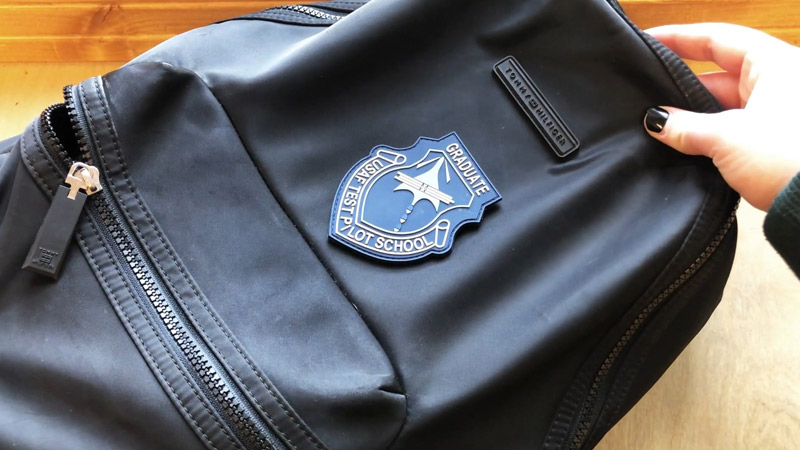
What Is a Pvc Patch?
A PVC patch is a type of embroidered or molded insignia made from polyvinyl chloride, a durable and flexible plastic material.
These patches are commonly used for personalization and branding on clothing, bags, hats, and other accessories.
Featuring intricate designs, vibrant colors, and a three-dimensional texture, PVC patches are known for their resilience and resistance to harsh weather conditions.
They often come with various attachment options, such as Velcro, adhesive backing, or the option to sew onto garments.
PVC patches are popular in military, law enforcement, and recreational communities, providing a customizable and durable way to display logos, symbols, or affiliations.
How to Attach Pvc Patch to Hat?
Attaching a PVC patch to various items, such as clothing, bags, or gear, is a straightforward process.
PVC patches, made of polyvinyl chloride, are durable, flexible, and weather-resistant, making them a popular choice for customizing and personalizing items.
Here’s a step-by-step guide on how to attach a PVC patch:
Materials Needed:
- PVC Patch: Choose a PVC patch with a backing that allows for easy attachment, usually with hook-and-loop (Velcro) or an adhesive backing.
- Item to Attach Patch To: This could be a jacket, backpack, hat, or any other fabric or gear you want to personalize.
Instructions:
Clean the Surface

Begin by thoroughly cleaning the surface where you intend to attach the PVC patch. Use a damp cloth with mild soap or water to remove any dust, dirt, or residues.
Ensure the surface is completely dry before proceeding to ensure optimal adhesion. If the item is machine washable, you may want to wash and dry it according to the care instructions.
Position the Patch
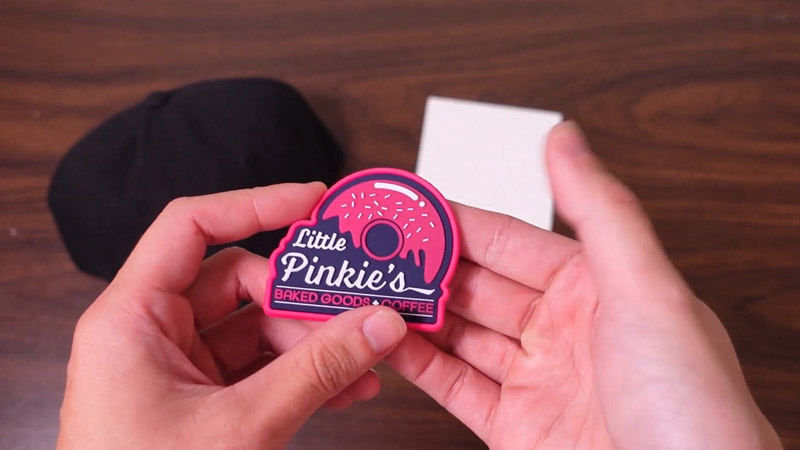
Carefully decide on the placement of your PVC patch. Whether it’s on a jacket, backpack, hat, or any other fabric or gear, take the time to ensure it’s positioned where you want it.
Using a measuring tape can help you achieve symmetry and precision. If eyeballing, step back and assess the placement from a distance to confirm it meets your aesthetic preferences.
Secure with Pins
For added stability, consider using sewing pins to secure the patch in place before sewing. This step is especially useful when working with fabrics that may shift during the attachment process.
Place the pins along the edges of the patch, ensuring they go through both the patch and the fabric underneath. This precautionary measure helps maintain alignment throughout the sewing process.
Sew the Patch
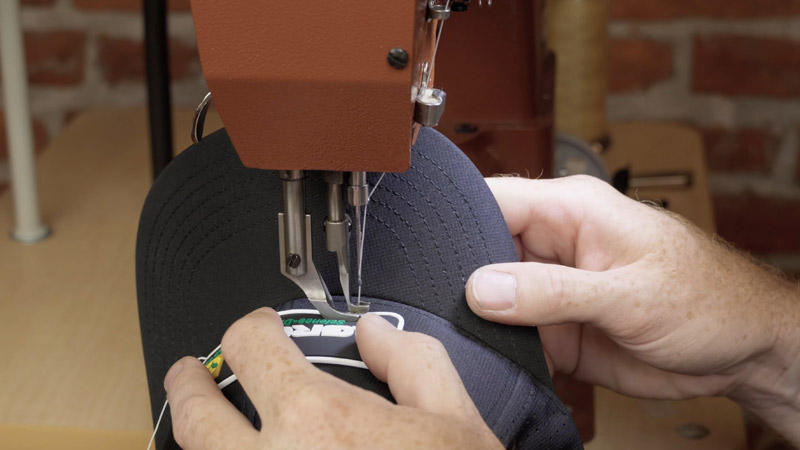
If your PVC patch has a fabric backing or lacks an adhesive, sewing is a dependable method for attachment.
Choose a needle and thread that match the colors of the patch. Begin stitching around the edges of the patch, going through both the patch and the fabric of the item. Use a straight stitch or a zigzag stitch, depending on your preference.
If you’re not confident in your hand-sewing skills, a sewing machine can be a quicker and more efficient alternative, providing a secure and uniform attachment.
Velcro Attachment
If your PVC patch features a Velcro backing, align it meticulously with the corresponding Velcro strip on the item.
Ensure the patch is centered and positioned as desired. Press the patch firmly onto the surface, applying even pressure to promote a secure connection between the Velcro components.
Velcro provides a convenient and easily adjustable method for attaching and removing patches, making it an ideal choice for those who want versatility in personalization.
Adhesive Attachment
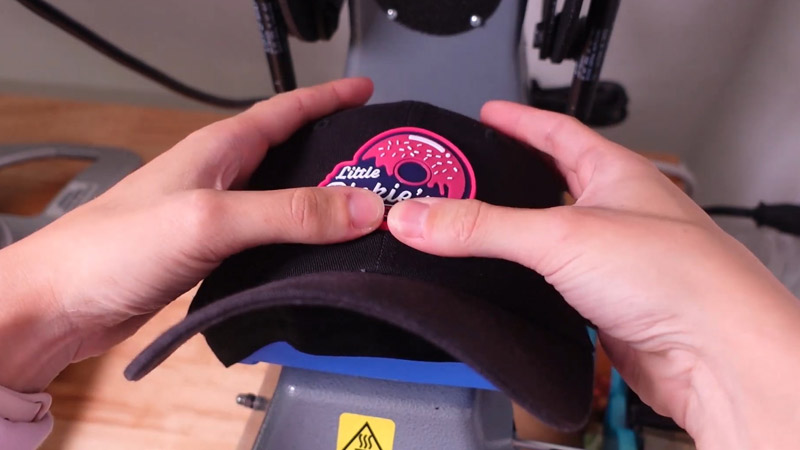
Patches with adhesive backing offer a straightforward attachment process. Carefully peel off the protective covering from the adhesive side of the patch, exposing the sticky surface.
Align the patch with precision on the desired location and press it firmly onto the surface. Apply even pressure across the entire patch to ensure proper adhesion.
It’s crucial to confirm that the adhesive is suitable for the specific material of the item you’re attaching it to, as some adhesives may not adhere well to certain fabrics or surfaces.
Apply Heat
Some PVC patches come with a heat-activated adhesive for a more robust bond. If your patch requires heat, use an iron on a low setting or follow the manufacturer’s instructions to activate the adhesive.
Place a thin cloth or parchment paper between the iron and the patch to protect the PVC material.
Gently apply heat in a circular motion for the recommended duration. This process enhances the adhesive’s effectiveness, ensuring a secure attachment.
Let it Set
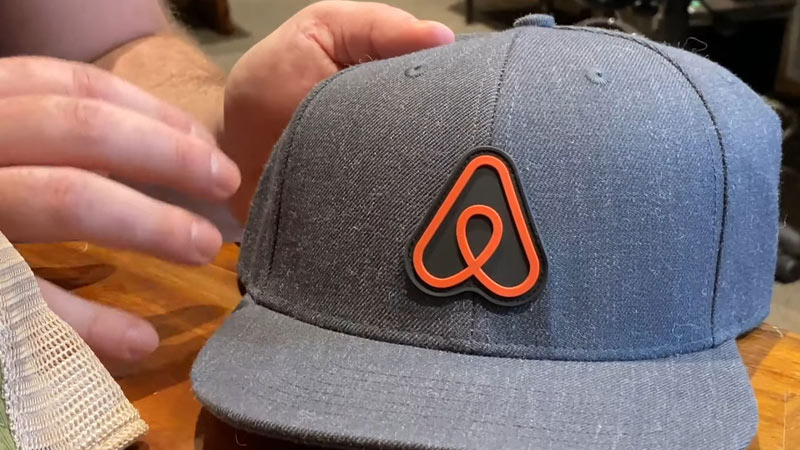
Once the patch is attached using any of the methods mentioned above, allow it to set and dry completely.
This step is crucial for establishing a strong and long-lasting bond between the patch and the item.
Avoid manipulating or putting stress on the patch during the setting period to ensure optimal adhesion.
Follow any additional recommendations provided by the patch manufacturer regarding setting and drying times to guarantee the best results.
Can a Pvc Patch Be Sewn?
Yes, PVC patches can be sewn onto various items, providing a durable and secure attachment.
When sewing a PVC patch, use a needle and thread that match the colors of the patch. Begin by positioning the patch on the desired area and securing it with sewing pins if needed.
Then, stitch around the edges of the patch, ensuring the needle goes through both the patch and the fabric of the item.
Alternatively, a sewing machine can be used for a faster and more uniform attachment.
Sewing is a reliable method for those who prefer a traditional and permanent way to affix PVC patches to garments, bags, hats, or other accessories.
How Do You Attach Plastic Backing Patches?
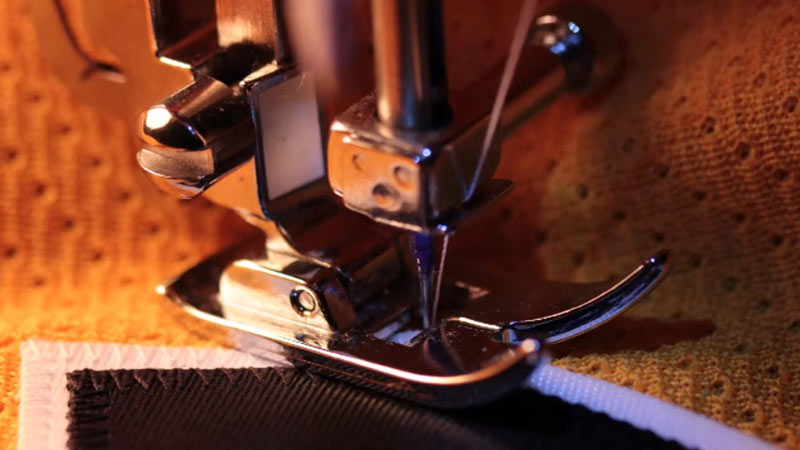
Attaching patches with plastic backing involves a straightforward process, offering a durable and secure customization method.
Here’s a step-by-step guide:
Clean the Surface
Initiate the attachment process by thoroughly cleaning the surface where you plan to affix the plastic-backed patch.
Utilize a damp cloth with mild soap or water to eliminate any dust, dirt, or residues.
A pristine surface is paramount, serving as the foundation for optimal adhesion and ensuring a reliable bond between the patch and the item.
Position the Patch
Deliberately position the plastic-backed patch on your chosen item. Whether it’s a jacket, bag, or hat, take the time to ensure the patch is centered and aligned with your artistic vision.
For precision, a measuring tape can assist in achieving symmetry. This step is instrumental in guaranteeing the patch sits exactly where intended, enhancing the overall aesthetic.
Secure with Pins
Enhance stability and accuracy by securing the patch in place with sewing pins. This precaution becomes particularly valuable when working with fabrics prone to shifting during the attachment process. Proper pinning safeguards alignment, ensuring the subsequent steps proceed with precision.
Sew the Patch
Employ a needle and thread matching the patch’s colors to sew around the edges. Ensure the needle traverses both the plastic-backed patch and the fabric of the item. This method provides a robust and enduring attachment.
Alternatively, a sewing machine offers efficiency, delivering a secure and uniform connection, ideal for those seeking a faster process.
Plastic Backing Adhesive
For patches equipped with adhesive backing, peel off the protective covering to expose the adhesive.
Press the patch firmly onto the fabric, applying consistent pressure to ensure optimal adhesion.
Verify that the adhesive is compatible with the item’s material, as different fabrics may necessitate varying adhesive properties for a secure attachment.
Heat Application
In cases where the plastic-backed patch features a heat-activated adhesive, adhere to the manufacturer’s instructions.
Typically, this involves using a low-heat setting on an iron. Introduce a protective cloth or parchment paper between the iron and the patch to shield it from direct heat.
Gently apply heat in a circular motion for the prescribed duration, enhancing the adhesive’s effectiveness and contributing to a robust bond.
Allow it to Set
Post attachment, allow the plastic-backed patch to set and dry thoroughly. This critical step ensures a resilient and enduring bond between the patch and the item.
Refrain from manipulating or subjecting the patch to stress during this period to safeguard optimal adhesion.
Adhering to any additional recommendations provided by the patch manufacturer regarding setting and drying times is imperative for optimal results.
FAQs
How should I clean the surface before attaching a PVC patch?
Use a damp cloth with mild soap or water to remove dust and dirt, ensuring a clean and dry surface for better adhesion.
Can I use an iron for PVC patches with heat-activated adhesive?
Yes, follow the manufacturer’s instructions, using an iron on low with a protective cloth to activate the adhesive.
What’s the best method for attaching PVC patches to fabric?
Sewing with a needle and thread or a sewing machine is reliable for patches without adhesive.
How do I attach a PVC patch with a Velcro backing?
Align it with the corresponding Velcro strip and press firmly for a secure connection.
Can I remove and reattach PVC patches with adhesive backing?
Removal may be possible, but reattachment may not be as secure, and adhesive effectiveness can diminish.
Wrap Up
Attaching PVC patches is a simple yet rewarding process that adds a personalized touch to garments and accessories.
Whether you opt for the classic method of sewing, the convenience of Velcro, or the ease of adhesive application, each technique offers a unique way to showcase your style.
The careful consideration of patch placement, surface cleanliness, and adherence to specific attachment methods ensures a secure and enduring bond.
As these patches are versatile and resilient, they withstand diverse environments and activities.
With a well-attached PVC patch, you not only personalize your belongings but also express your identity and affiliations, creating a lasting impression that reflects your individuality and interests.
Leave a Reply